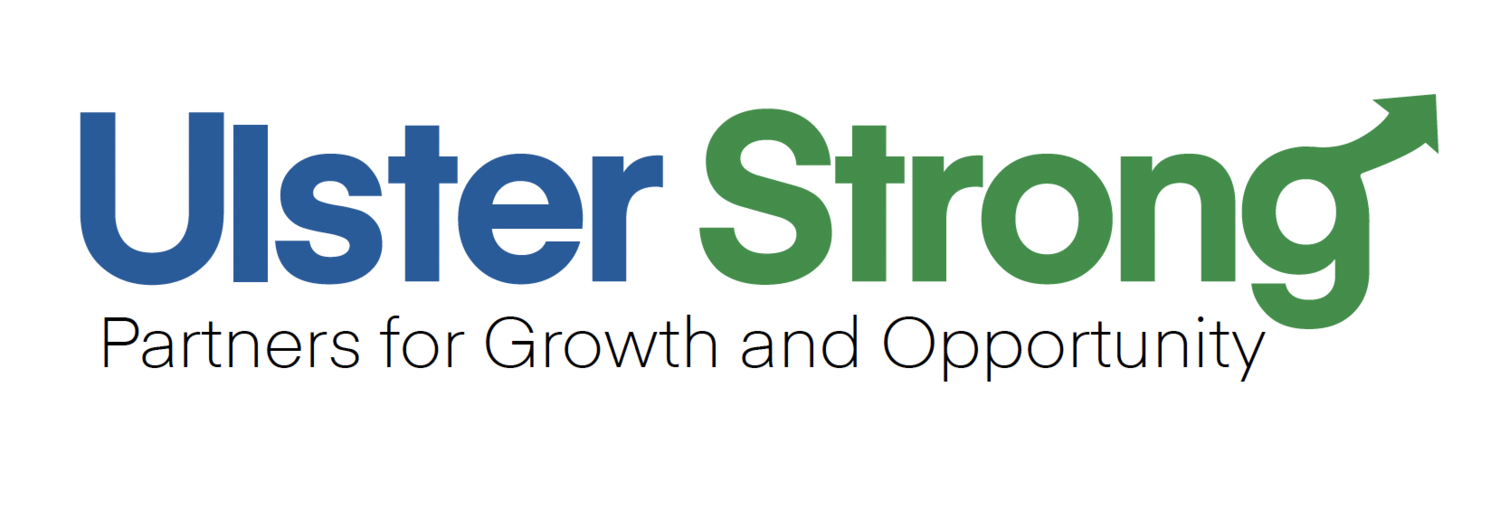Commercial Real Estate in Ulster County Shows Resilience Amid Limited Inventory and Regulatory Pressures
By: Thomas Collins, CCIM & Joseph Deegan, CCIM of Deegan-Collins Commercial Realty, Kingston, New York
Despite national economic headwinds and lingering uncertainty from rising interest rates, Ulster County’s commercial real estate market has demonstrated notable resilience through 2024 and into the first quarter of 2025. After a slowdown in 2023 driven by rapid increase in interest rates, activity across key sectors is showing signs of renewed strength, though a constrained supply continues to challenge growth. As example, the 2022 median square foot price for warehouse/light manufacturing buildings in Ulster County was $94.13. In 2023 the median price fell to $78.04 and in 2024 the median rose to $111.30 per square foot.
The highest demand continues to be seen in the light industrial and warehouse segment, particularly in properties ranging from 5,000 to 20,000 square feet. This size range is ideal for small but expanding businesses that have outgrown startup spaces but are not yet ready for large-scale facilities. However, supply remains critically limited.
Several key factors are restricting new development in this space. Construction costs have surged, often far outpacing the value of existing buildings, making ground-up development financially impractical for many users and investors. Zoning restrictions further complicate matters, as limited availability of land zoned for light industrial use narrows opportunities for expansion.
Infrastructure also plays a significant role in the bottleneck. In many parts of the county, the lack of municipal water, sewer systems and natural gas service creates additional hurdles for developers seeking to introduce new product to the market.
Investment-grade commercial properties are also attracting considerable attention, particularly those with stable, performing tenants. Capital remains active and eager to be deployed into income-generating assets, especially amid volatile equity markets. Yet once again, the obstacle is supply. The inventory of high-quality, stabilized investment properties is thin, and competitive bidding often drives quick closings and elevated prices.
Meanwhile, the multifamily sector remains a point of interest, though it is no longer the runaway favorite it was during the pandemic. Property values in this segment climbed steeply during the COVID-19 years, and many investors believe the market is due for a correction. Additionally, new legislation—particularly in the City of Kingston—has dampened enthusiasm. Recent rent control measures and forced rent reductions have caused some investors to pause or redirect their capital elsewhere.
Still, industry professionals remain cautiously optimistic, there is a lot of capital on the sidelines and buyers are being more selective, and sellers are starting to come to terms with a shifting landscape.
Overall, Ulster County’s commercial real estate market is marked by strong demand, limited inventory, and significant barriers to new supply. These dynamics have created a highly competitive environment where pricing remains strong for quality assets, even as economic pressures and regulatory constraints continue to evolve.
As the rest of 2025 unfolds, stakeholders across the county will be watching closely for changes in zoning policy, infrastructure investment, and state-level legislation—all of which will shape the trajectory of Ulster County’s commercial real estate for years to come.

